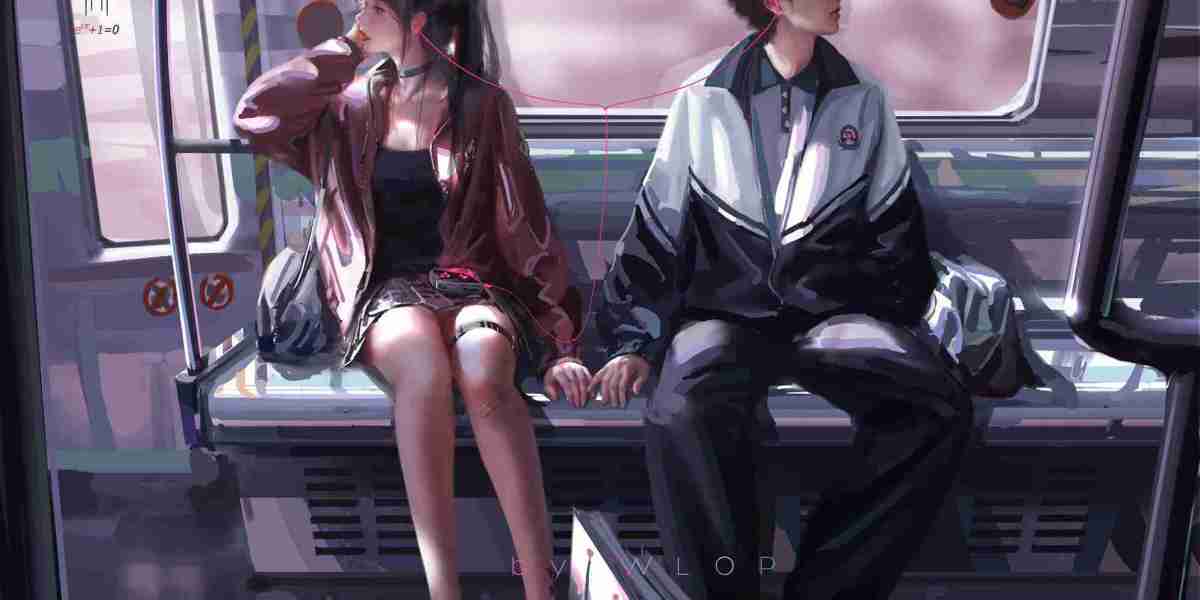3D printing is a revolutionary technology that has transformed various industries, from manufacturing to healthcare. However, like any technology, it comes with its own set of challenges. In this article, we will explore 5 common 3D printing emergencies and how to solve them. Whether you're a novice or an experienced user, understanding these issues and their solutions can save you time, money, and frustration.
1. Filament Jams
One of the most frequent issues in 3D printing is filament jams. This occurs when the filament gets stuck in the extruder, halting the printing process. To solve this, first, unload the filament and check for any obstructions in the extruder. Use a small needle or a piece of wire to clear any blockages. If the problem persists, consider cleaning the nozzle with a specialized cleaning filament.
2. Warping
Warping is another common problem where the edges of the printed object lift off the print bed, causing deformation. This usually happens due to uneven cooling of the material. To prevent warping, ensure that your print bed is properly leveled and heated. Additionally, using a brim or raft can help anchor the edges of your print, reducing the chances of warping.
3. Layer Shifting
Layer shifting occurs when the layers of your print are misaligned, resulting in a skewed or distorted object. This can be caused by loose belts, stepper motor issues, or even a sudden bump to the printer. To fix this, check the tension of your belts and ensure they are neither too tight nor too loose. Also, inspect the stepper motors for any signs of wear and tear.
4. Stringing
Stringing happens when thin strands of filament are left between different parts of the print, resembling spider webs. This is often due to improper retraction settings. To solve this, adjust the retraction speed and distance in your slicer software. Additionally, lowering the printing temperature can help reduce stringing.
5. Poor Adhesion
Poor adhesion between the print and the bed can lead to failed prints. This is often due to an unclean or uneven print bed. To improve adhesion, clean the print bed with isopropyl alcohol to remove any grease or dust. Using adhesives like glue sticks or painter's tape can also enhance bed adhesion. Additionally, ensure that the first layer is printed at a slower speed to allow better bonding.
Understanding these 5 common 3d printing emergencies and how to solve them can significantly enhance your 3D printing experience. By addressing filament jams, warping, layer shifting, stringing, and poor adhesion, you can achieve higher quality prints and reduce downtime. Remember, regular maintenance and proper calibration are key to preventing these issues. Happy printing!








